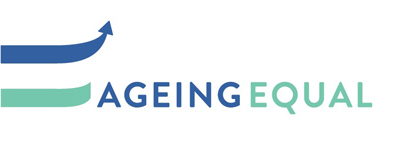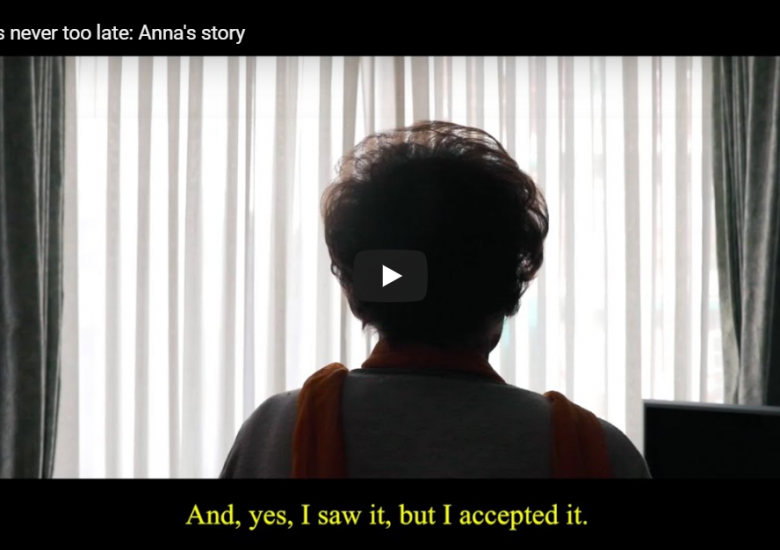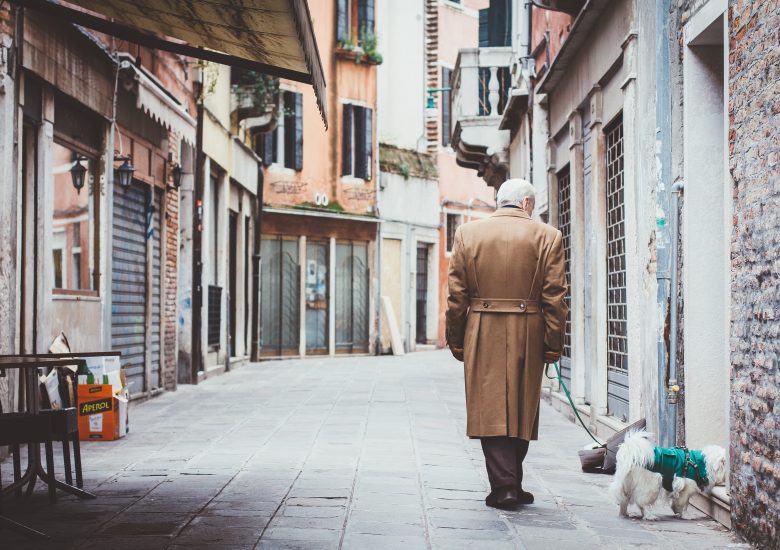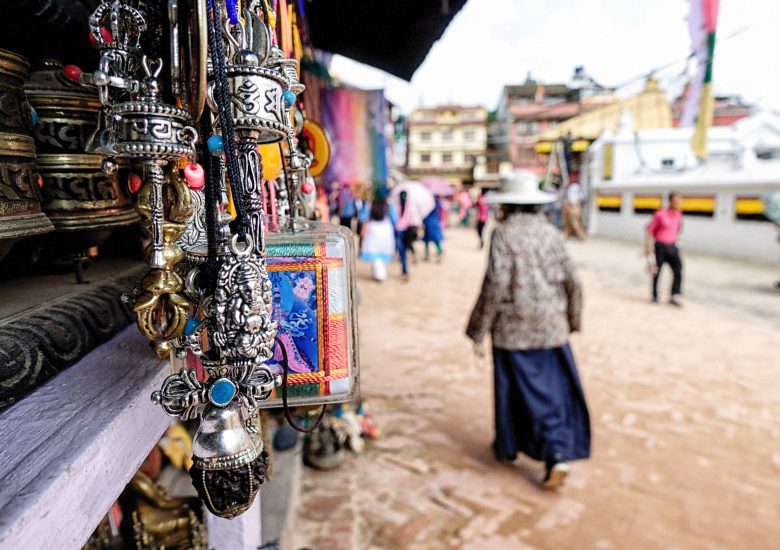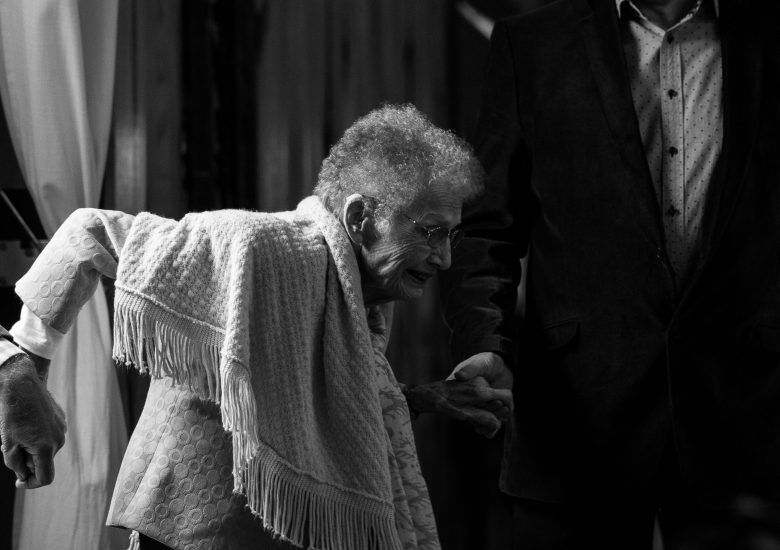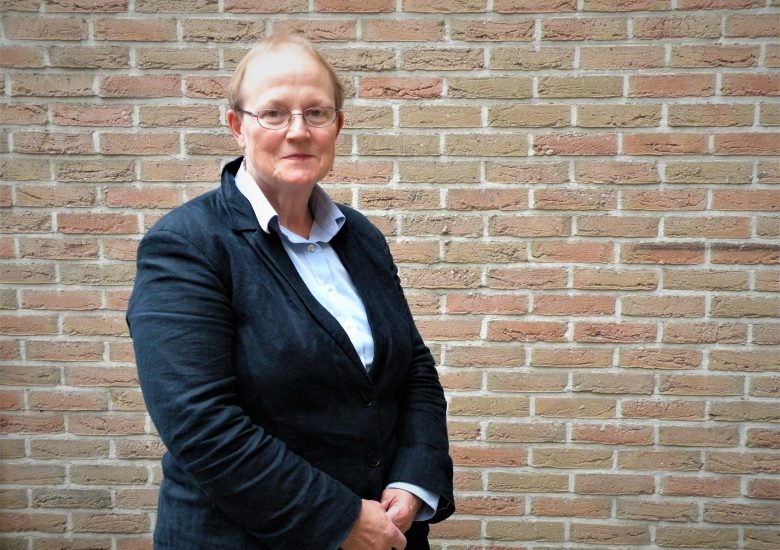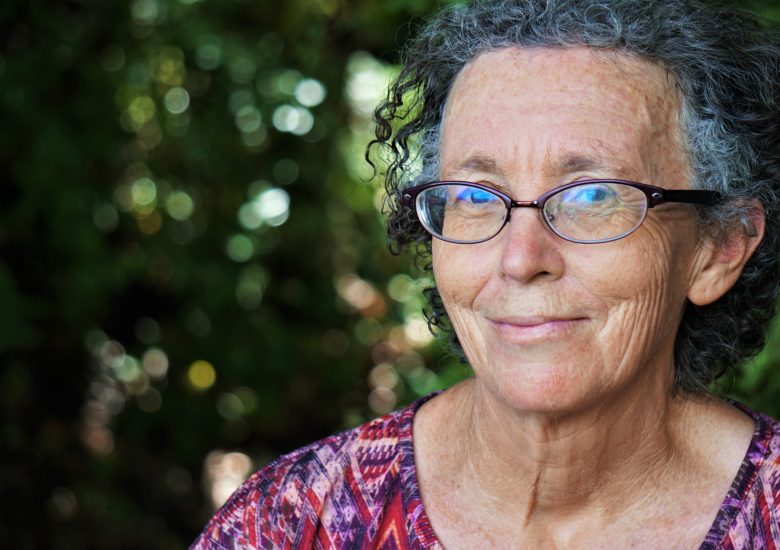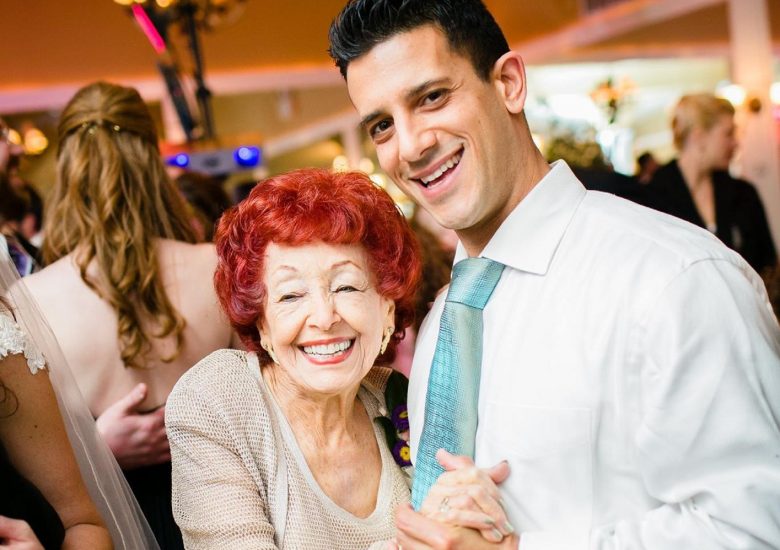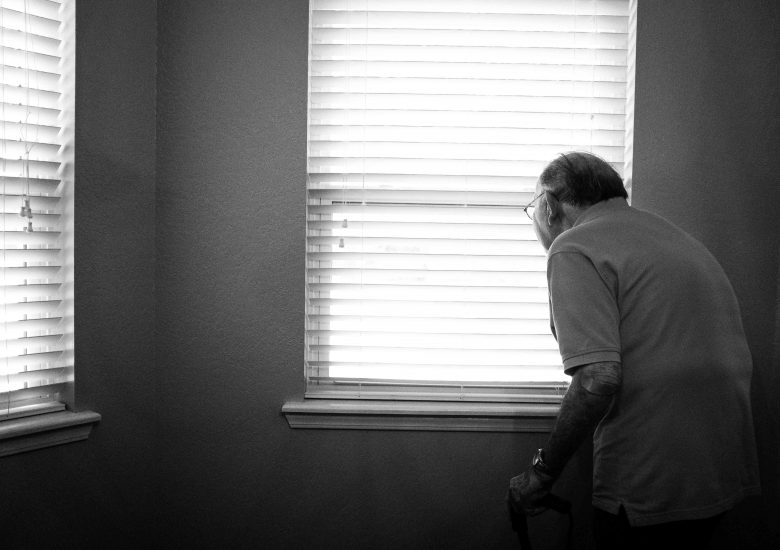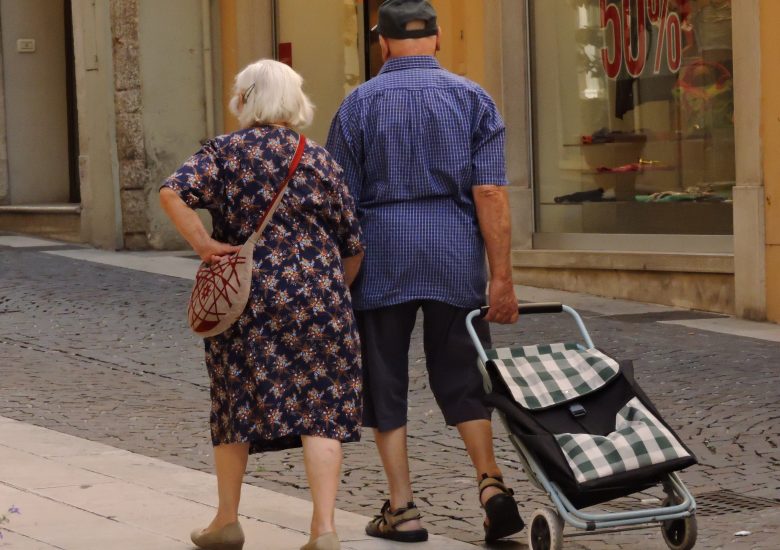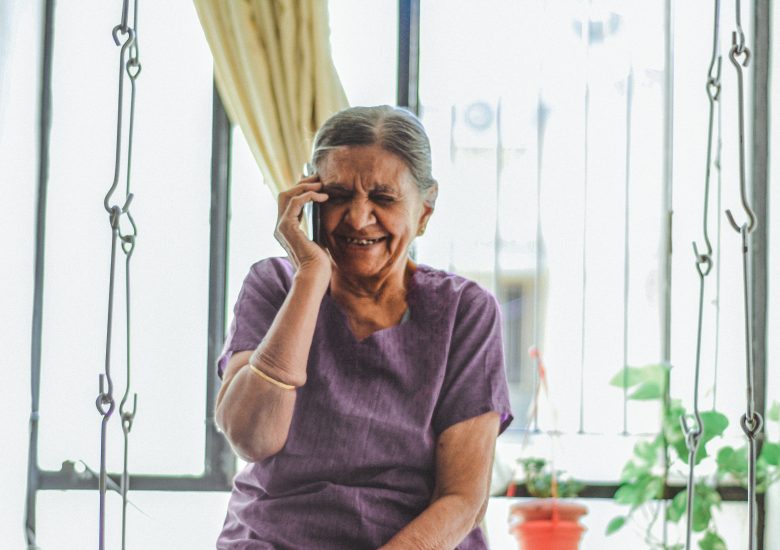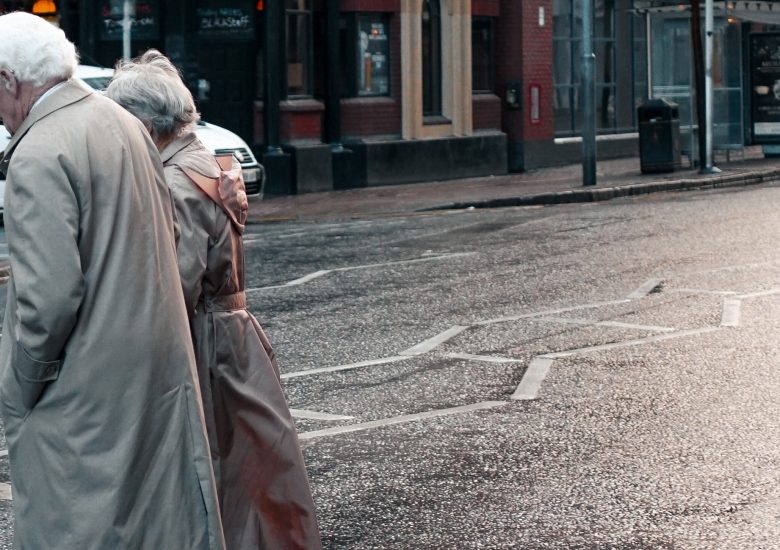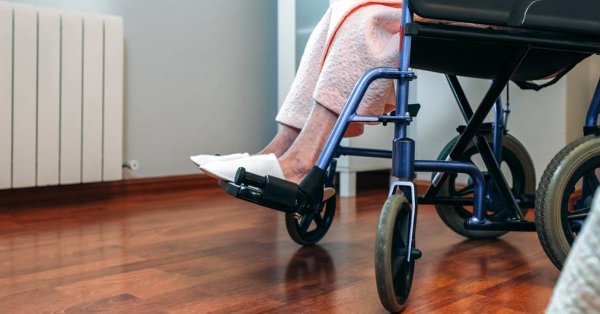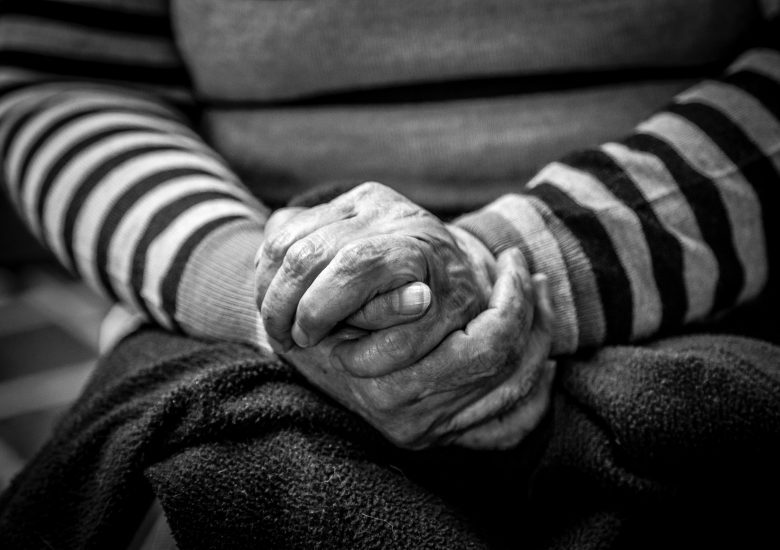Abuse, violence and neglect: because of ageism, older people are victims of specific forms of harm. It also makes access to protection and justice more difficult for older persons.
Elder abuse is a widespread reality across the world: there is no evidence of any culture or society where older people are not subject to abuse, violence and neglect. Such violations of the dignity of older people adopt various forms: they may be physical, sexual, psychological or financial, and may take place both in people’s own house and in public settings such as urban spaces, health services, care homes, etc.
Ageism acts as the type of prejudice that both justifies abusive behaviour against older people and leads to overlooking the consequences it has on older people. Elder abuse is known to have dramatic impact on the self-esteem of victims, and to have the potential of leading to death in some cases. In a way, elder abuse is the most harmful expression of societal ageism.
Older people with care needs, and those suffering other forms of discrimination on the basis of gender and gender identity, disability, sexual orientation or race, among others, are more vulnerable to abuse, violence and neglect. In the context of care, older people are known to face situations of great vulnerability, driven by the underfunding of services, ageist attitudes, lack of training and overburdening of care professionals.
Ageism and the resulting lack of societal awareness render elder abuse, and more generally older victims of crime, invisible. For instance, older women who suffer abuse and violence are less likely to report to police and justice services, whom have often tended to treat older women differently because of their age. Older people suffer abuse, violence and neglect most often in silence, with protection services failing to reaching out to them. At the same time, ageism pushes older victims into a state of powerlessness and resignation that acts effectively as a barrier to reporting and seeking protection.
Media reports of abusive situations, mostly in care homes, are frequent, but there is little societal demand for greater political action to address elder abuse in its entirety and systematically. Moreover, the very anecdotal and spectacular character of such reports may act as an obstacle to a serious societal debate on the origins of such abusive situations, in realising the real extent of the problem and in taking serious action.
This theme discusses ageism and abuse. Read the blog posts of our partners, testimonies, and add your voice by using the hashtag #AgeingEqual or submit your own stories online.
“We mix everything together: first dish, main dish and dessert. We all know that older people lose their taste when they age, and we don’t have time to spend to help them eat the three dishes one after the other. It is much easier like this.”

